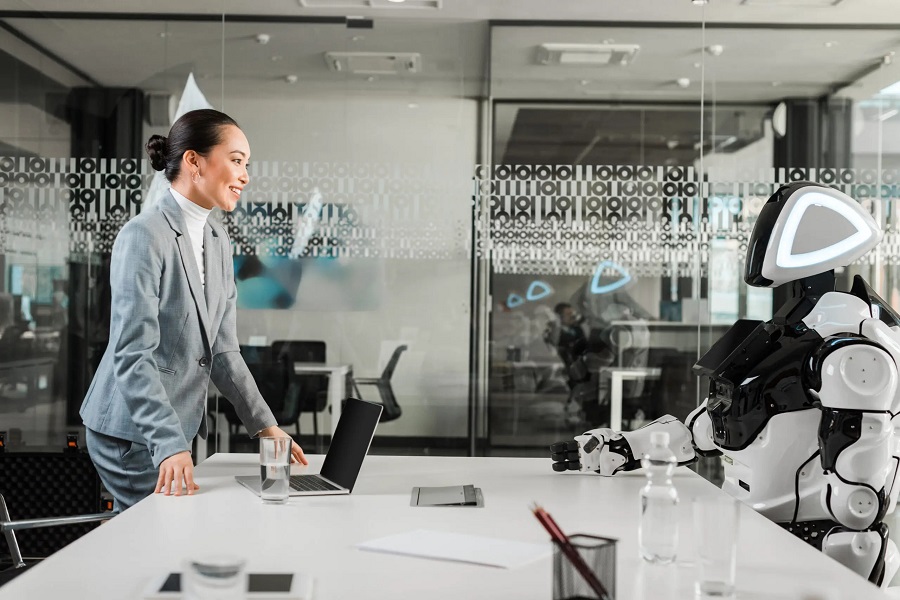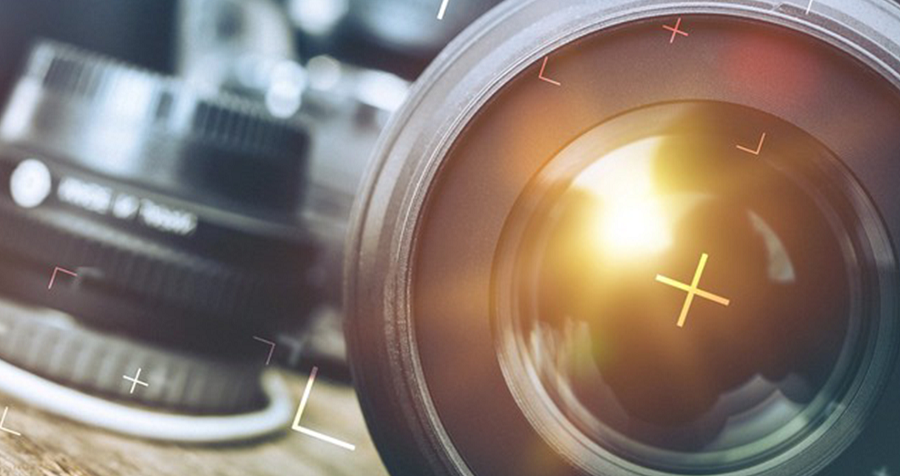AI is a technology that enables computers to learn and make decisions on their own. You might have heard of it being used in industries like medical diagnostics, banking, and customer support. Now it’s slowly making its way into photography too. In this blog, we will cover AI in photography and how it is changing the industry. It will also touch upon the challenges photographers face while incorporating artificial intelligence in their workflow. But before getting into all that, let’s talk about what AI is first.
What is AI in Photography?
AI in photography has become a popular buzzword, with many photographers integrating it into the photo editing process of their smartphones. This technology can be used for a variety of tasks, such as editing and composition. In terms of editing, AI can learn from its environment and produce accurate results. It’s capable of automatically adjusting images based on a variety of factors, such as the brightness and contrast of a photo or the focus point of a camera lens. This technology is also able to detect objects in a photo and adjust its settings accordingly.
Ai can also be used for practical applications such as printmaking. With the help of artificial intelligence, printers are able to tackle large-scale projects where a human would have difficulty handling the workload. Furthermore, artificial intelligence is being used in more controversial applications such as generative AI. In this field, machines are able to learn from examples and create new artificial intelligence that matches or surpasses human intelligence in certain areas.
Investing in AI could have a wide-ranging impact on photography and its related industries. However, it will take time for artificial intelligence to reach a level where it truly revolutionizes photography profession.

How Will AI Technology Affect Photographers?
AI technology can help photographers identify colors and objects in photos that are often overlooked. This would help photographers create better images and improve their skills. As a result, this could lead to better photos and a better overall experience for users.
Ai-assisted editing software can also give photographers an advantage when editing photos. It can identify camera settings and other factors to make editing more efficient, resulting in better photos and a better overall experience for users. As a result of AI technology’s use in photo editing, some photographers may lose commercial work or licensing opportunities. However, it is important for photographers to evolve with the industry so they can continue to provide high-quality images and experiences.
Benefits of AI in Professional Photography
AI technology has revolutionized the way e-commerce brands create product photos and videos, allowing them to produce more professional-looking visuals with a fraction of the time and resources it used to take. AI can help photographers in the editing process, making suggestions on how to improve shots and even erasing parts of images that are unsatisfactory. Automation of the photoshoot process can save time and money, allowing brands to create more content frequently. As a result, photo-editing software is increasingly incorporating artificial intelligence features, such as photo enhancement tools and object detection abilities, which can enhance photos’ quality and make them appear more professional. And with the increase in availability of photo-editing software using artificial intelligence capabilities, consumers are getting better-looking photos at a cheaper price.
The rise of artificial intelligence in professional photography is also helping photographers capture breathtaking shots with ease. With AI processing, a photographer no longer needs to manually adjust settings such as exposure or camera angle for a perfect shot. Thus, it allows him or her to focus on capturing amazing moments instead of worrying about editing them. The technology has also made photography an art form easier for photographers to master by providing them essential tools required to take a perfect shot in just a few clicks.
Despite the benefits of artificial intelligence in professional photography, there are still hurdles that need to be addressed before it can become widespread across various industries. For instance, artificial intelligence can easily recognize faces but cannot read emotions well. Also, artificial intelligence requires huge amounts of data for learning and needs a lot of computation power for training. So it’s still too early to say if artificial intelligence will completely replace human experts in photography industry
Challenges of AI in Professional Photography
Among professional photographers, there has been a significant rise in the popularity of artificial intelligence (AI) technology. However, it is essential to understand how this technology could potentially bias a photo shoot. The main challenges associated with AI in photography arise from its use of software and algorithms to process photos and make creative decisions for a photo shoot.
Ai technology can be used for several purposes such as automatically selecting a specific scene or shooting the same frame multiple times for better results. However, these automated tasks can compromise a photographer’s unique vision and creativity. Besides, Ai technology can often result in a lack of originality because of limitations imposed by the software itself. In order to prevent these biases, professional photographers must consider the potential of AI technology and use it with caution. By automating tedious tasks, professional photographers can still maintain a unique style and vision while providing high-quality photos.
The Future of AI in Professional Photography
Ai technology has a significant role to play in professional photography for many reasons. First, AI photo editing tools have the potential to revolutionize the way professional photographers take and edit pictures. These tools are capable of automated editing, thereby saving a photographer a lot of time and effort. For instance, a photographer can use a program like Lightroom to automatically detect the optimal exposure settings for a particular scene and apply them automatically. This saves a lot of time and keeps the creative process open.
Second, Automated tools like Photoshop, Luminar, etc., are making it easier to edit photos without the need for manual adjustments. These tools can perform photo editing tasks with precision and accuracy.
Third, Generative AI is a relatively untapped market with a range of implications from practical, philosophical, economic, and ethical standpoints. It has the potential to revolutionize photo editing by creating unique photos from raw input data using artificial intelligence algorithms instead of human assistance.
AI technology is already being used in popular applications like Google Photos and Facebook’s DeepFace Detection software. These applications work with computers to recognize faces in photos and provide relevant suggestions based on the person’s age, gender, facial expressions, hairstyle etc. Thus, it has made photo editing more efficient and improved overall quality of photographs taken by professional photographers.
Automation of Photo Editing
AI can be used to automate many manual, time-consuming tasks associated with photo editing such as adjusting exposure, color balance, and focus. AI-backed “smart” cameras can analyze the scene in front of them and make adjustments in real-time to create a perfect image. This intelligence allows photographers to spend less time on post-processing and more time on taking pictures. AI software can also help photographers save time by intelligently applying edits to a batch of photos. For example, a photo might have a bright sky with a glare that makes it appear overexposed. With artificial intelligence, the photo editor could use filters to reduce the glare while maintaining the same overall exposure as other parts of the photo.
AI features in software such as Photoshop can help make photo editing more accessible for beginners. Computer programs allow photo editing to become easier and more intuitive for anyone with a computer and an internet connection. With artificial intelligence, anyone can be a professional photographer without needing expensive equipment or years of training.
Conclusion
AI technology is a boon for photographers and photo editing professionals because it allows them to work smarter and produce better work with less effort. The AI photo editing software helps professional photographers improve their photos by automatically correcting lighting, color, and other basic editing errors. Also, AI technology also allows photo editing professionals to create more varied and effective portfolios that stand out from the crowd. Besides, it allows photographers to save time and effort that they otherwise would have wasted on routine tasks such as editing photos.

